2025 NFL Combine preview: 8 stories to watch from a Patriots point of view
The NFL Combine takes place this week in Indianapolis. Here are the storylines New England Patriots fans should be looking out for.
The 2025 NFL Combine takes place this week in Indianapolis. It’s one of the biggest weeks on the NFL calendar, with major implications for the 2025 NFL Draft.
Over 300 of the top prospects in this year’s NFL Draft will be in attendance for the event. In addition to the on-field workouts players will undergo physicals (including officially reported height, weight and other measurements), meet with representatives from all 32 NFL teams, and speak with the media. All of those steps happen over the course of the week with the players grouped by position. Here’s a look at the full schedule…
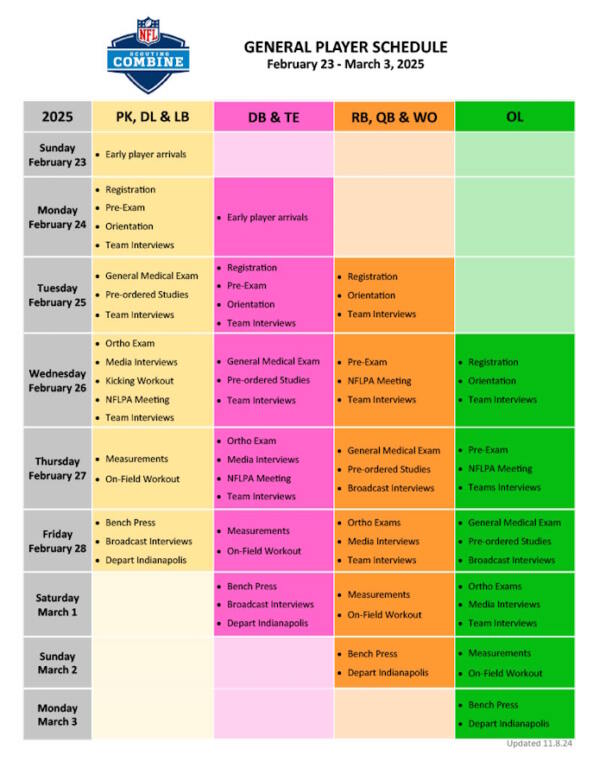
For the teams, the NFL Combine is a fact-finding mission. Like the Senior Bowl this isn’t an event that will make or break a player’s draft stock (aside from maybe medical updates), but one that allows teams to confirm priors, and can be used as a ‘tiebreaker’ for groups of players all graded similarly.
There will be no shortage of updates coming out of Indy, but which ones should Patriots fans be keeping an eye on the most? Let’s take a look…
Will Campbell’s arm length

This is the main event from the NFL Combine as far as the Patriots are concerned. Will the top offensive lineman in the draft be confirmed as a tackle for the tackle-needy team picking fourth overall?
The general consensus is that in order to play tackle in the NFL players need at least 33-inch arms in order to have the reach to protect the edge. Generally players under that mark – even if they were career tackles in college – end up moving inside to guard in the pros.
Current projections are for Will Campbell to come in right around the 33-inch number. If he’s at or over it, there shouldn’t be any concerns about his build to play the tackle position. 32 3/4 or under, and the expectation should be for him to move inside to guard – and likely fall further in the draft.
MORE: Will Campbell player profile
Where the debate will really heat up is if he comes in in the middle, at 32 7/8-inch arms. Technically, that is under the current threshold. However, that line has been moved in the past. For instance, Rashawn Slater was viewed by many as a guard after measuring in at exactly 33 inches in 2021. Obviously, he was talented enough to make it work and has made two Pro Bowls in four seasons as a left tackle.
If Campbell is right on the line, the debate will continue. Is he talented enough to reset that benchmark, or would such a pick be too risky for the Patriots.
Campbell’s arm measurement will be one of the biggest numbers to come out of the 2025 NFL Combine, but it will also be one of the last. Offensive linemen won’t be getting measured until Sunday.
How Travis Hunter sees himself in the NFL
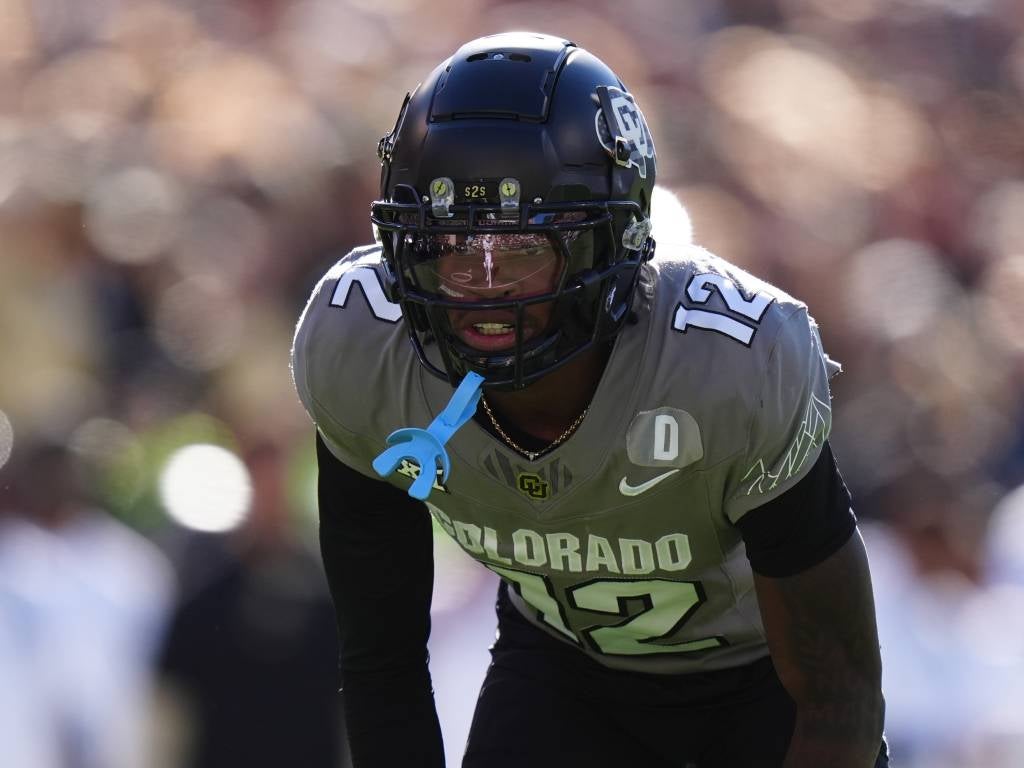
The other big unknown at the top of the 2025 NFL Draft is the plan for Travis Hunter. In particular, what Hunter thinks the best plan is for himself.
To this point the reporting surrounding Hunter’s position has focused on how NFL teams view him. Heading into the NFL Combine, it seems the majority – but not all – of teams view Hunter primarily as a cornerback.
Is this how Hunter views himself? Or would he rather play wide receiver, where he’s less polished but has made significant strides over the past few years? From a financial standpoint, wide receivers get paid more than cornerbacks but cornerbacks tend to play for longer.
MORE: Travis Hunter player profile
Then there’s the whole ‘playing two ways’ conversation. Being a full-time two-way player in the NFL would be much more physically and mentally demanding than doing so at the college level. If anyone can do it though, Hunter might be the guy.
Odds are different teams will have different plans for Hunter. How flexible is he willing to be with those plans? Will he want to have a chance to try to be the NFL’s first full-time two-way player in decades? We might not get full answers this week, but what he says at the podium and reports about his meetings with teams will be significant.
Hunter will officially attend the NFL Combine as a defensive back, but that may be nothing more than logistics. It will be telling if he does both cornerback and wide receiver on-field drills.
Speaking of multi-position on-field drills, Hunter isn’t the only player to keep an eye on in that regard. While he doesn’t play on both sides of the ball, TCU’s Savion Williams is a tweener between the wide receiver and running back positions.
At 6-foot-5, 225 pounds Williams spent the start of his college career as a wide receiver but started playing more running back last season. He’s an impressive athlete but isn’t NFL-ready from a fundamental standpoint as a receiver. Some project Williams could have a Cordarrelle Patterson-like position change as a pro, so seeing him take part in on-field running back drills as well as the typical wide receiver drills would be informative.
Wide receiver testing
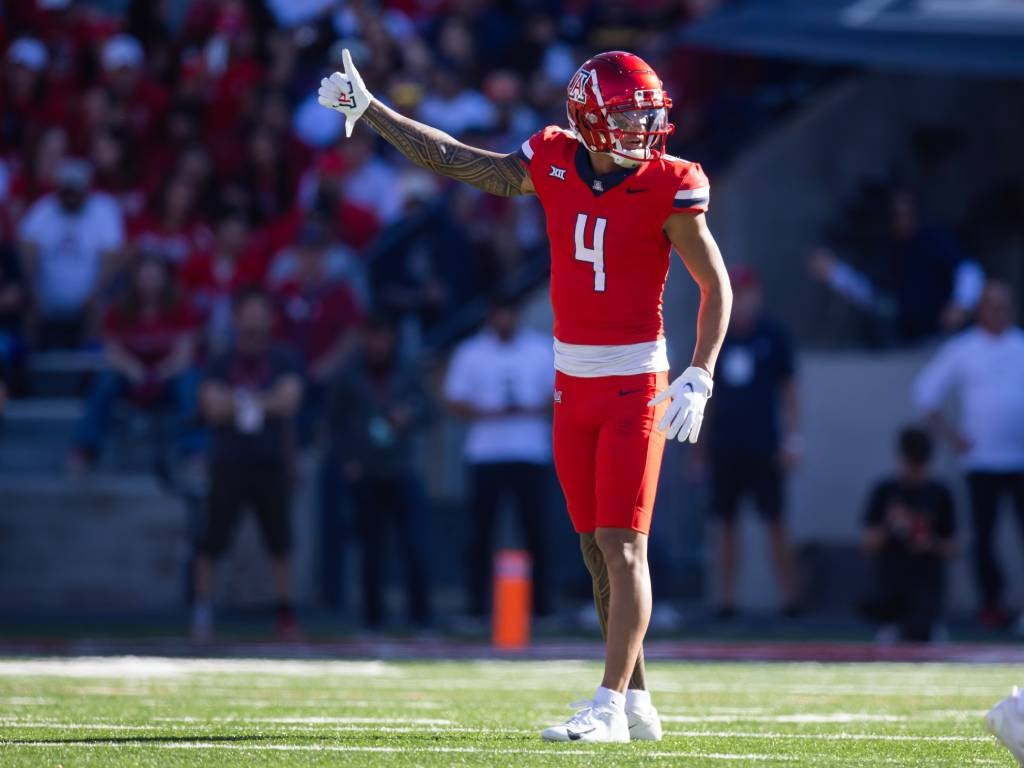
Staying at the top of the draft, there will be plenty of eyes on the results of whatever timed testing drills Arizona wide receiver Tetairoa McMillan takes part in. McMillan isn’t slow, but he’s certainly not a burner either. Plus as a bigger receiver it can be tougher to gauge his speed on film.
But just where is McMillan at speed-wise? We should get a better idea this week. In addition to the 40 (which we’ll get to in a bit), the player tracking data will provide insight into his top speed, and how long it takes him to get there. That information should help solidify his draft stock, one way or the other.
McMillan isn’t the only receiver Patriots fans should be focused on at this NFL Combine. The event is also an important one for some of the fastest receivers in the draft, in particular Tez Johnson from Oregon and Isaiah Bond from Texas.
Johnson and Bond might be the two fastest receivers in this year’s draft – Johnson especially. But as we’ve seen in the past straight-line speed doesn’t translate to NFL success without other skills. In particular, the ability to be quick as much as fast can be a game-changer, as was the case with Xavier Worthy last year.
The 40 times from Johnson and Bond will draw headlines (some experts think Johnson can push Worthy’s record 40 time of 4.21 seconds), but what will they show to pair with that number. Testing in agility drills like the 3-cone and short-shuttle (if they run them) as well as the eye test on an event like the gauntlet will be just as important.
Sorting out the pass rushers
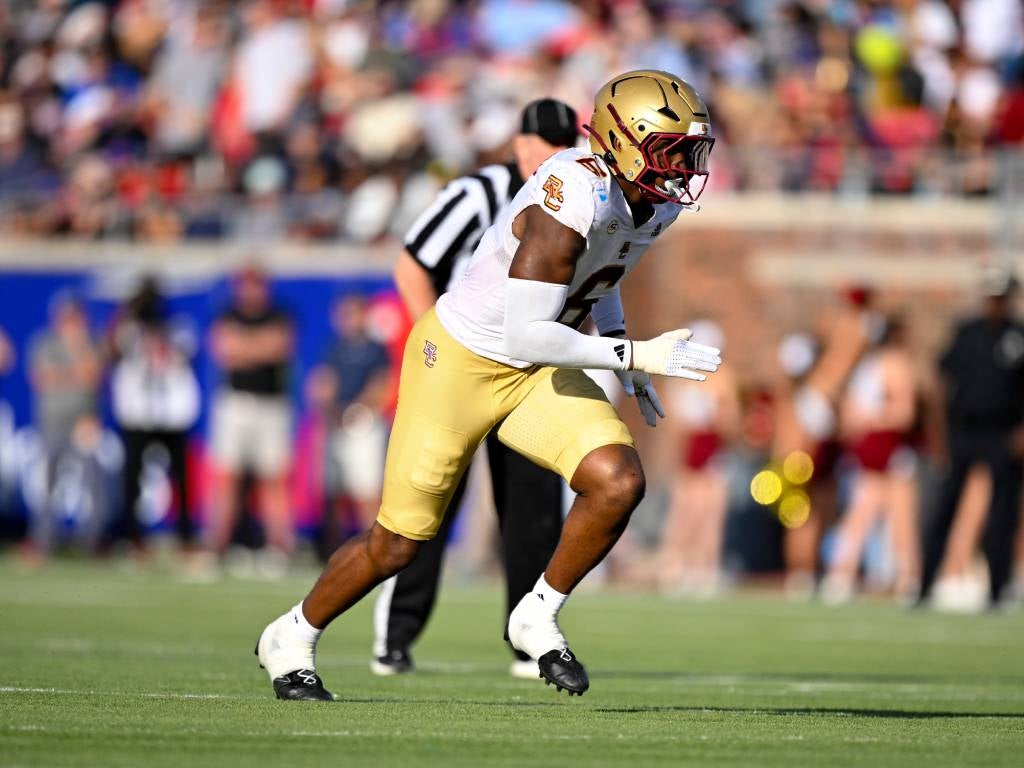
As mentioned above, the NFL Combine can be a useful ‘tiebreaker’ for ranking prospects with similar grades. No position in this draft needs more of a ‘tiebreaker’ than the edge rushers, especially towards the top of the draft.
Depending on what projects you look at, there are a group of 10 to 13 pass rushers all expected to go roughly in the range of picks 20 to 50. There’s not much consensus to the rankings of the players within that group, especially the lower half.
On field testing should help sort this group out. If the Patriots don’t go with an edge rusher at the very top of the draft, it could clear up the picture of who will be available to the team with their second pick – either at 38 or after a trade up into the back end of the first.
Players to watch in that regard include Mike Green from Marshall, Jack Sawyer and J.T. Tiumoloau from Ohio State, Donovan Ezeiruaku from Boston College, Landon Jackson from Arkansas, and Princely Umanmielen from Ole Miss.
Any quarterback momentum?
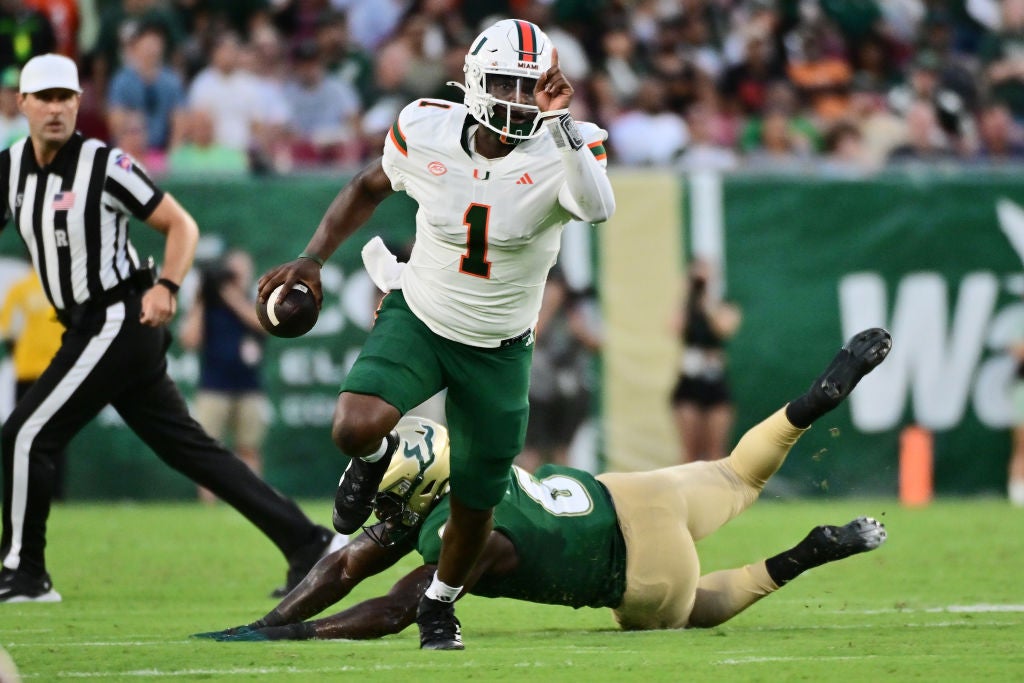
The lack of quarterback talent in this class is apparent. It’s not quite the 2022 class, but it’s hardly last year either. As we mentioned in our Senior Bowl preview though, any movement by any quarterbacks up the draft boards would be good news for the Patriots. Can any of these passers create that kind of buzz at the NFL Combine this year.
At the top of the draft, Cam Ward and Shedeur Sanders improving their stock could help the Patriots in multiple ways. If they can both cement themselves as top-three picks, it would push at least one of Hunter or Abdul Carter – widely viewed as the two true blue-chip prospects at premium positions in this draft – down to the fourth overall pick. Just short of that, if Ward or Sanders doesn’t end up in the top three one could still convince a team to trade up to No. 4 overall and give up the typical draft pick hall that comes with moving up for a QB.
Another quarterback moving up the board could also help the Patriots. Whether that’s moving into the top 10 conversation, or even just making a case to be picked early in the second round (ex. Will Levis), which could increase the value of pick 38 or at least push another prospect down the board.
The quarterbacks making up that next tier who could make a push are Will Howard from Ohio State, Jalen Milroe from Alabama, and Jaxson Dart from Ole Miss. Dart in particular seemed to be one of the standouts from the Senior Bowl according to reports, so he could already have momentum coming into the NFL Combine.
Injury updates
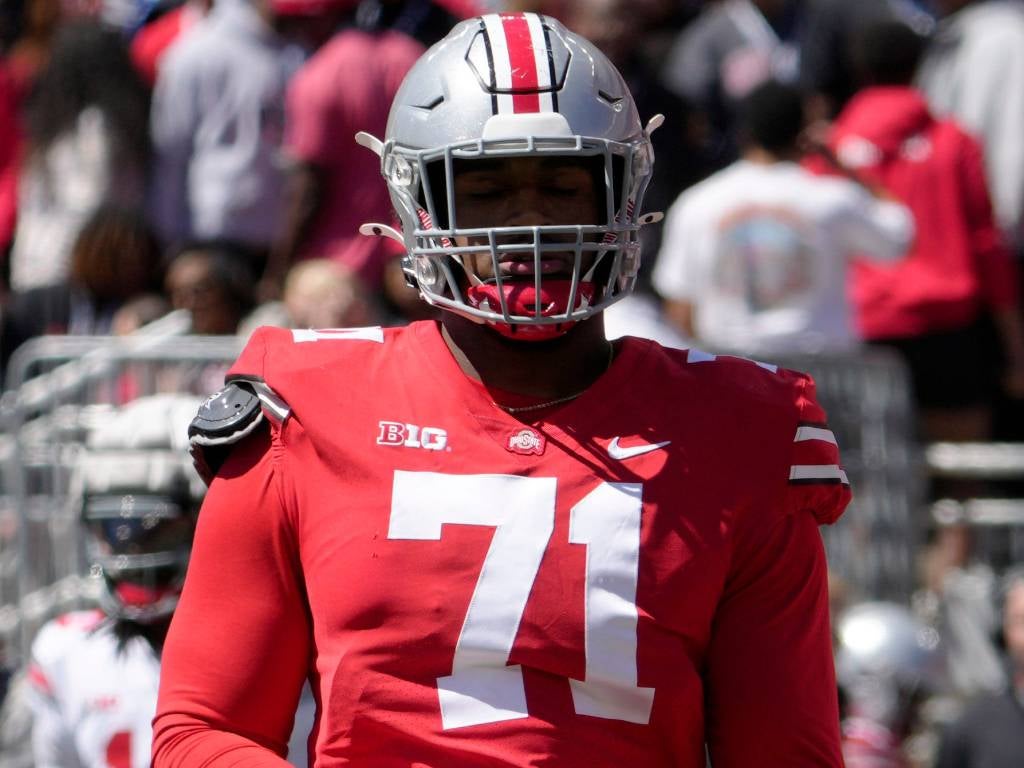
The one thing that can really impact a players draft stock at the NFL Combine is medical updates. Players will undergo an official league physical. For players that suffered significant injuries during the 2024 season or have other injury concerns, this is an important step in the pre-draft process.
This year, the top-ranked player with an injury question mark is Ohio State tackle Josh Simmons. Simmons had a promising start to the season but suffered a torn patellar tendon in mid-October. That’s the same injury Cole Strange suffered last year, that kept him out for a full calendar year.
Simmons’ timeline to return will impact his draft stock. While he has flashed franchise left tackle upside, there’s no guarantee he’ll be the same player after rehabbing. Plus, some teams simply can’t afford the risk of having their first-round pick not being available for most if not all of their rookie season.
There are other players further down the board whose medical status will be key to watch this week. That group includes East Carolina cornerback Shavon Revel (torn ACL in September), Notre Dame cornerback Benjamin Morrison (hip injury in October), Ohio State center Seth McLaughlin (torn Achilles in November), and North Carolina tight end Bryson Nesbit (broken wrist in October).
Pre-draft meetings
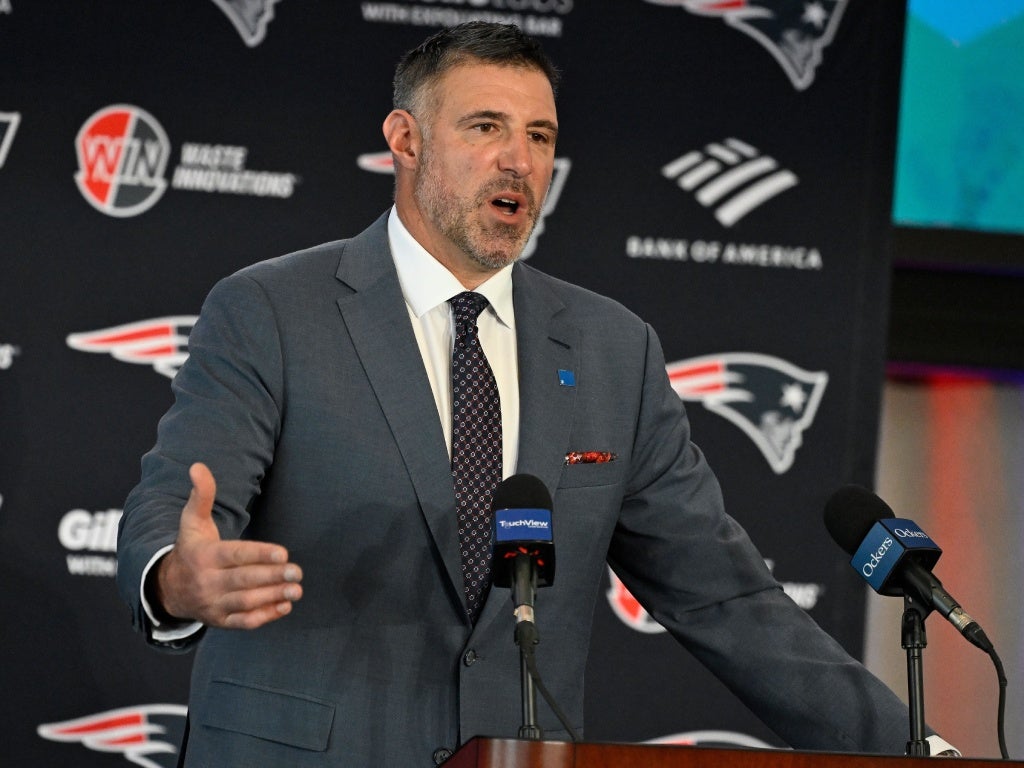
A pre-draft meeting – at the NFL Combine or otherwise – hardly guarantees a team will draft a certain player. Still there is information to be learned from which teams are meeting with which players.
At the top of the draft, it can be an indication of which way teams are leaning. That’s especially true with quarterbacks, which as we already discussed is important for the Patriots this year as it sets up who will or won’t be on the board at No. 4 overall. Further down the board, the meetings can be a hint at the kinds of players teams are looking to target.
We’ll be tracking all of the Patriots pre-draft meetings from the Combine and through the whole pre-draft process here.
What to really watch with the 40
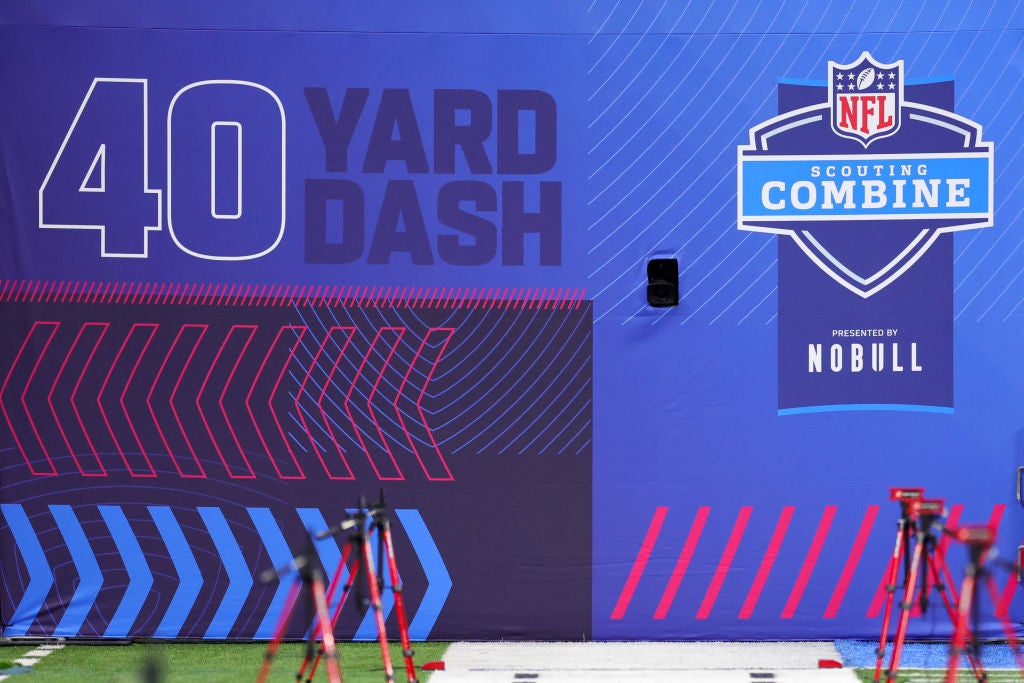
Every year the 40-yard dash is the most-talked about event from the NFL combine. But should it be? It’s not often NFL players at any position are running 40 yards uninterrupted in a single direction. So, why 40 yards? That goes back to the start of the NFL Combine. At the time, the average distance of a punt in the NFL was 40 yards. So, teams wanted to see which players could get downfield in time to cover a punt.
Covering punts is of course still relevant in the modern NFL, but beyond that the event isn’t a great barometer for in-game play speed when players are regularly changing direction and dealing with contact.
That doesn’t mean there’s nothing to get out of the 40. In fact, it can be very telling for linemen. In addition to the full 40 time the league releases numbers on each 10 yard split. The first 10 seconds can be a good measure of a players ability to accelerate, and for linemen it’s a show of lower-body strength and power.



